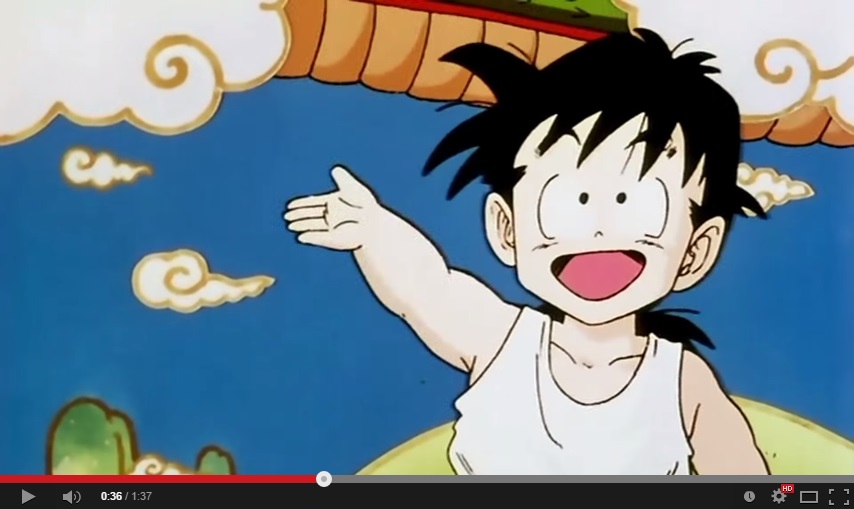
Partial “Rancho Map” of Early Los Angeles – E. “Rancho Sausal Redondo”, “Rancho Aguaje de la Centinela”, “Rancho la Ballona”, “Rancho Cienega O’Paso de la Tijera”, “Rancho Las Cienegas” and “Rancho La Brea” sat to the East of Los Angeles. “Rancho Tajuata” and “Rancho San Pedro” sat to the South of Los Angeles. “Rancho San Antonio” sat to the South East of Los Angeles. “Rancho Francisquito”, “Rancho Potrero Grande”, “Rancho Potrero de Felipe Lugo”, and “Rancho Merced” all sat to the East of Los Angeles. “Rancho Los Feliz”, “Rancho San Rafael”, “Rancho Pasqual Pasadena”, and “Rancho Santa Anita” all sat to the North of Los Angeles.
#What was that one dragon ball z song done by a band series
Lummis walked from Ohio to Los Angeles, in 1884, and a little over a decade later - he published a magazine promoting Los Angeles as “ The Land Of Sunshine“: The city itself sat directly in the center of the a series of valleys, mountains and peat fields - that stretched from Simi Valley to the San Gabriel Valley, surrounded by a series of “Ranchos” in the Los Angeles flat lands, - where many towns that exist today had not yet been incorporated into cities of their own, as extensions of modern day Los Angeles.

The free silver highwayman at it again – Keppler. This period prompted the beginning of the “Free Silver” movement all over the nation.

Los Angeles was not free from the national economic depression, caused by the Panic of 1893 which spread Westward, creating a greater fear in agrarian based economies that had collapsed all over the world. To be more a little more specific, in 1895 “Los Angeles” was nicknamed “Angel City”.

In 1895, Los Angeles was significantly smaller than both San Francisco and Oakland in population size, totaling around seventy-five thousand people spread throughout the Greater Los Angeles area. Early Los Angeles was pretty much the wild and woolly West, and it remained that way for a considerable period of time during the late 1800’s.


 0 kommentar(er)
0 kommentar(er)
